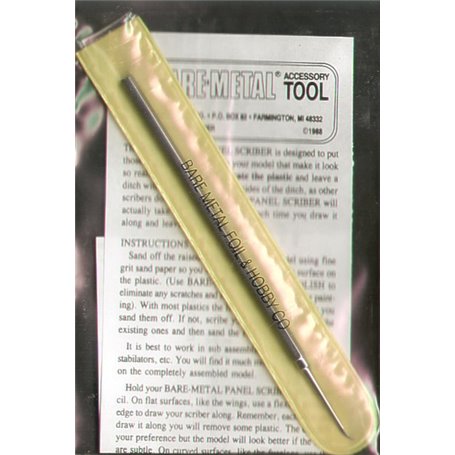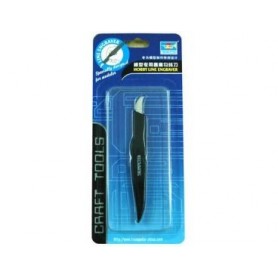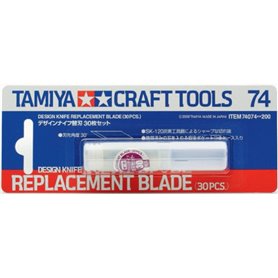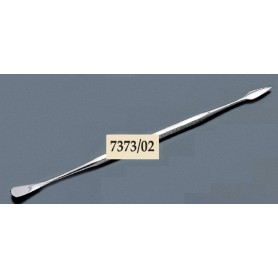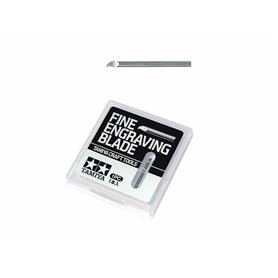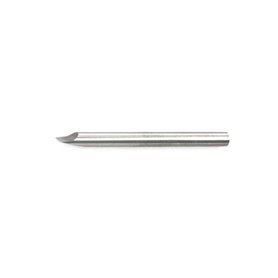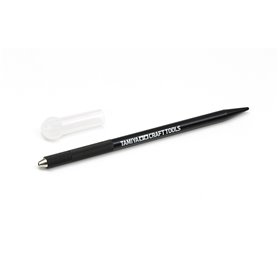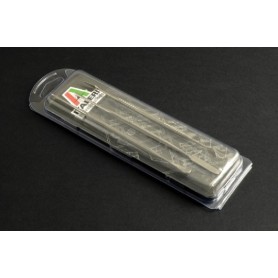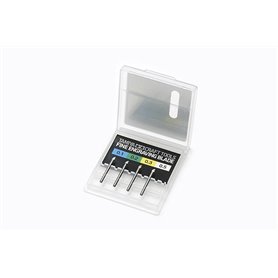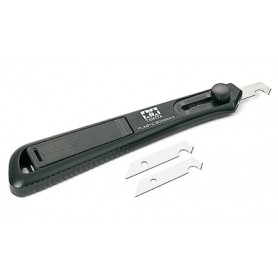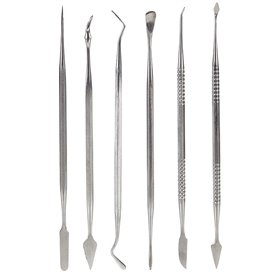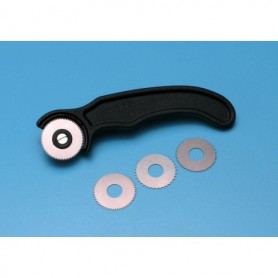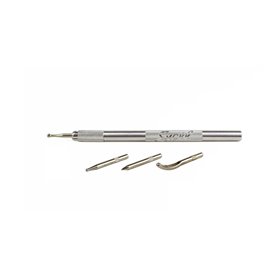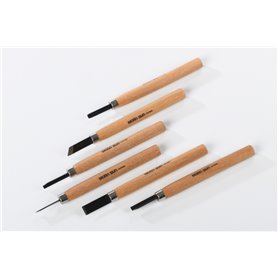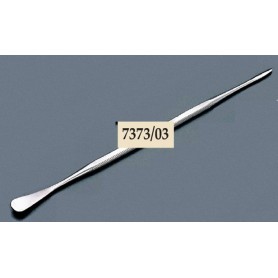BARE METAL Panel Line Scriber
BARE METAL Panel Line Scriber
-
 Secure payment in our shop!
Secure payment in our shop!
BARE METAL Panel Line Scriber.
I have been building models since the mid-1950s. In all that time, I did my best to avoid having to scribe panel lines. This wasn't the only reason I built so many custom cars (I do love building a custom), and in the 1960s, it wasn't uncommon for a custom builder to just putty the door and/or trunk lines and make a smoothie. The reason I feared scribing in new lines was that there were no specific tools available for doing this - at least as far as I knew. This is easy to understand when you consider the best "tool" I found for scribing was the tip of a broken X-acto blade (#11, naturally). If you have ever tried this, you know it is less than ideal for scribing lines. Straight lines aren't too difficult, but try a corner! Those who did scribe panel lines this way usually stocked up on extra tubes of body putty! Those who scribed lines a lot likely developed a technique that either worked for them, or found (or made) a better tool.
That has changed today, as has just about everything about the hobby (except for the true enjoyment it still gives a builder), and so has scribing panel lines. The Bare-Metal® Scriber is a tool model-builders would have almost KILLED for back in the 1960s. This simple looking tool is so easy to use. I can't imagine anyone having trouble mastering it in just a few minutes. Like any tool, you do have to treat it with respect. Used with care and finesse, though, it creates panel lines so quickly and easily, it becomes as indispensable a tool as the #11 X-acto blade in a #1 handle. And it truly is not a difficult tool to master, just work slowly and with care and you should have no trouble right away.
When using the Bare-Metal® Scriber it is important to keep the tool perpendicular to the panel you are scribing. If you are off, it will gouge the sides of the body and make the gap look excessively wide. This is why you must work slowly and be aware of how you are holding the tool. This is especially important when using the Bare-Metal® Scriber to open doors or trunk. If you are not working the Scriber perpendicular to the surface, you easily could have a wider gap between the opening part and the body. If this happens, there is no need to discard the body and buy another kit (although you won't find a manufacturer who would say that is ever a bad idea!) you just fill the gap with sheet plastic. This was often necessary when using older methods of cutting out doors and trunks. If the gap is too wide, glue .010" thick plastic strips to the sides of the doors or trunk lid. Let this dry fully. These strips must be a little higher than the part, then once the glue has fully dried, cut and/or file the plastic down to the thickness of the opening part. If curves are involved, this will be a very tricky step, but necessary if the gap is excessive. Once the filler piece is sized to the part, test this part in the opening on the body. The plastic filler will likely be too thick, making it necessary to file or sand the plastic down to get a good fit in the opening for the piece. Do remember to make the gap wide enough.
Paint adds thickness too. If the gap between door/trunk and the body isn't wide enough, once the model is painted, the part may not fit in the opening. Even if it does, there may not be enough clearance and opening the part will cause the paint to chip! The width of the gap between door/trunk and the body is critical, and should be considered before even primer is applied to the model.
Worked correctly, the gap created by the Bare-Metal® Scriber is just about perfect once the paint is on the model. When using the Bare-Metal® Scriber to aid conversions from a 2-door model to a 4-door model (or vice-versa) when you intend to cut the doors out, scribe the new door line to the depth of the original door line, then continue on to the other sides, as you did for the trunk. Like the trunk, it is best to break through all lines at about the same time.
While the steps used here refer to a model car, the same principal applies to all types of models and should be adaptable without a great deal of trouble. Just remember to think a project through before you start. This way if a problem comes up, it is usually fairly easily tackled. Each application can be different, but that is what makes modeling not only fun, but challenging at the same time.

